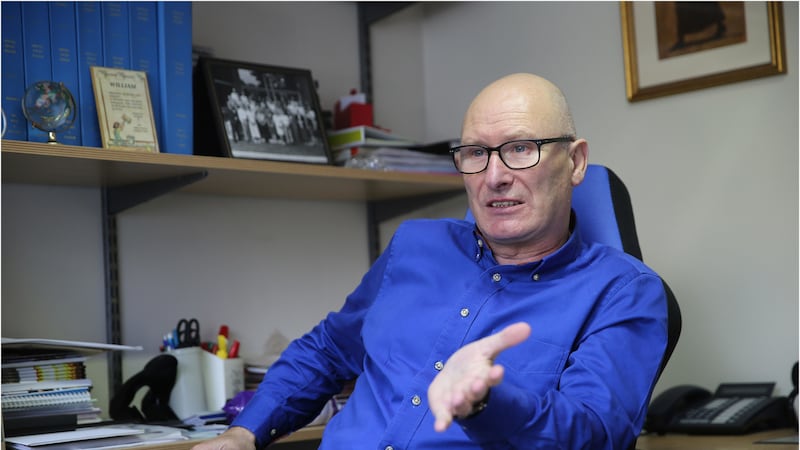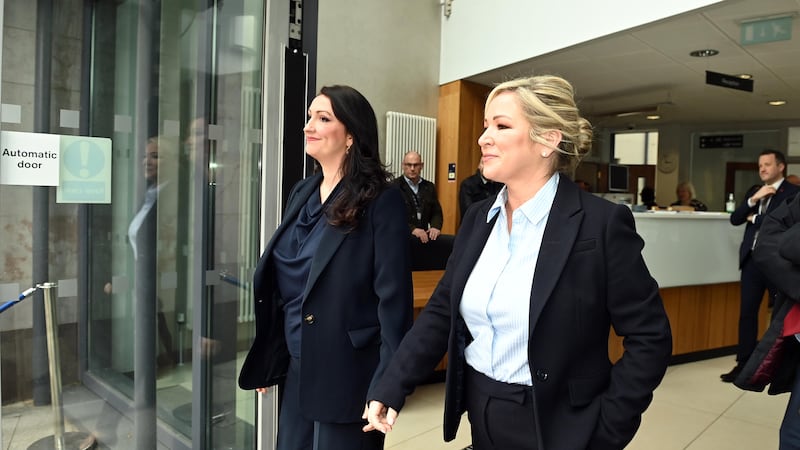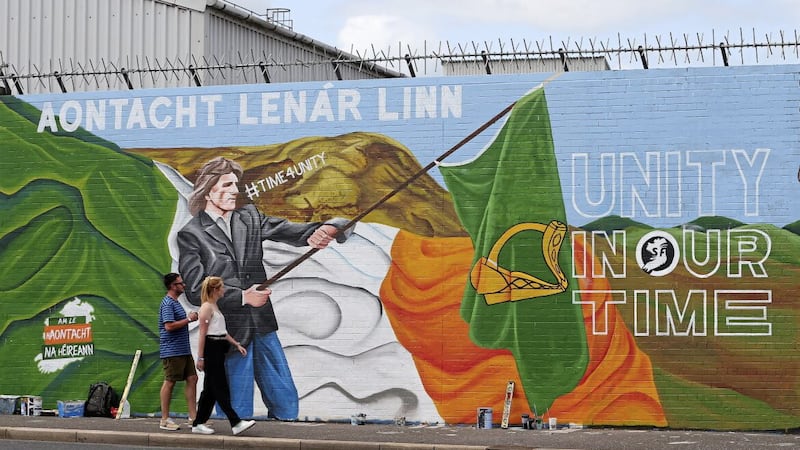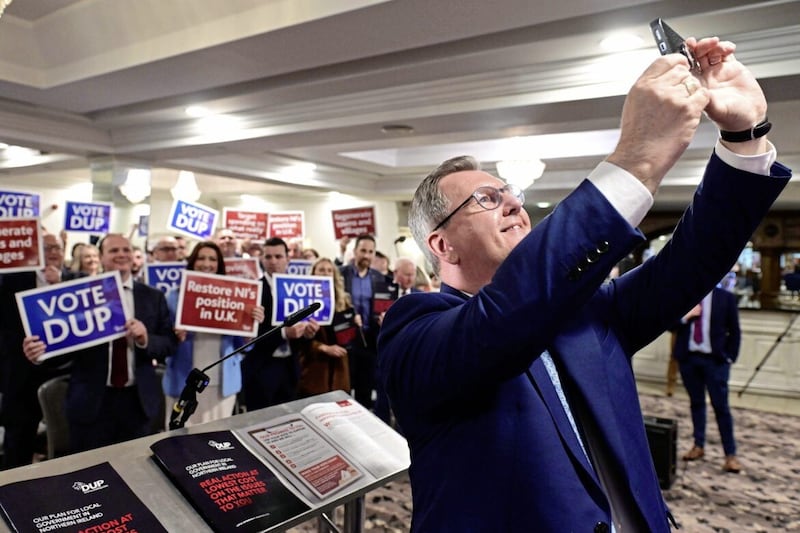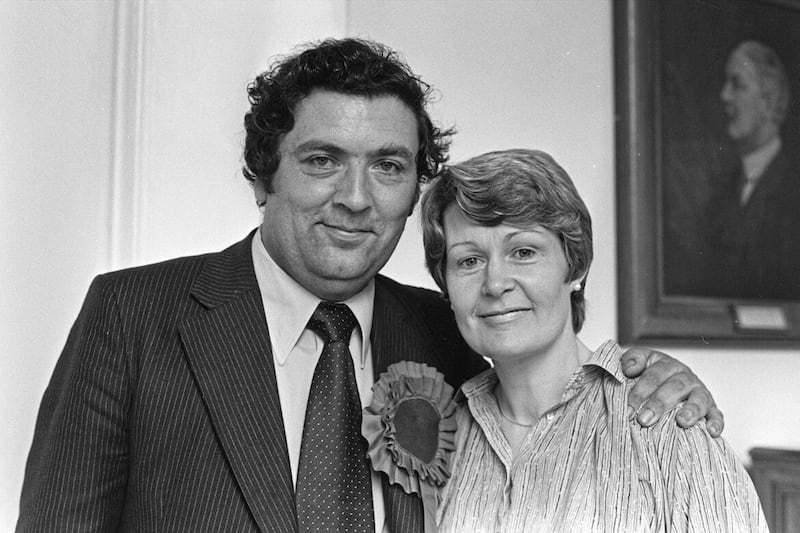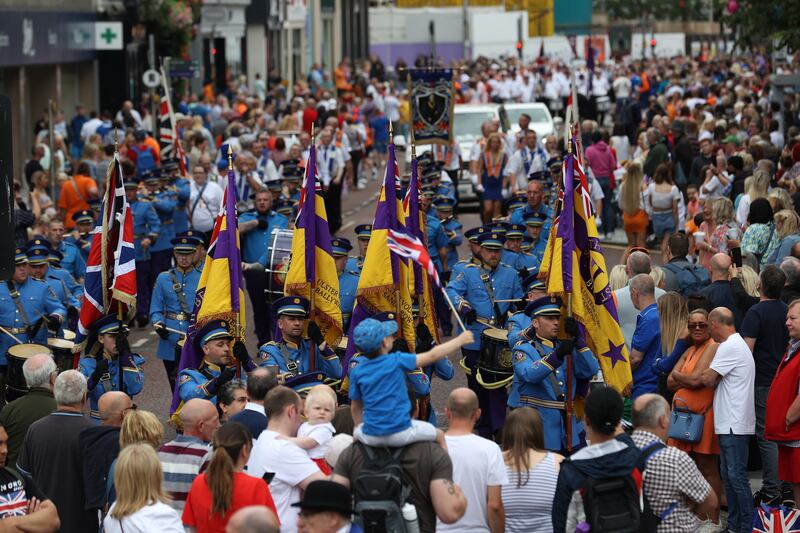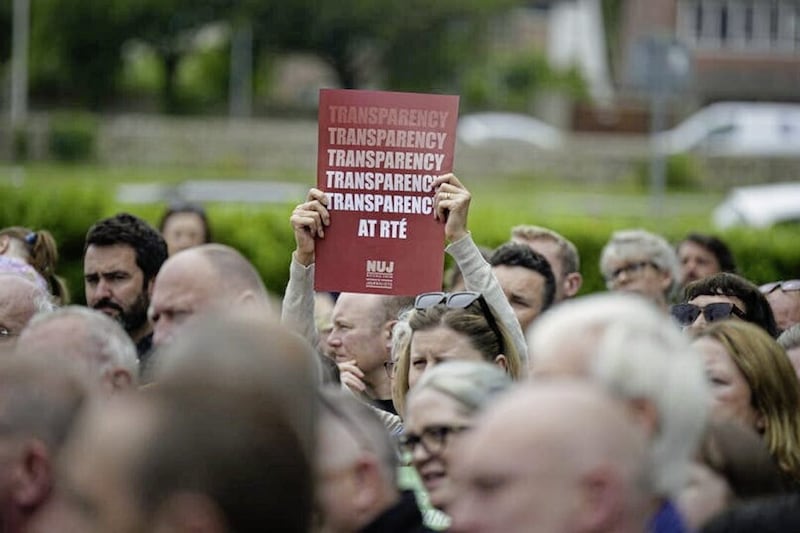MEMORY calls this the season of mists and party conferences.
But pre-election bashes in spring or even earlier meant the only version of the annual rite at the weekend was staged by the PUP, with its four elected councillors, brief novelty value long gone.
Understandably limited reporting duly transmitted grumpiness about the media - and complaint from party leader and former UVF lifer Billy Hutchinson, at government failure to sufficiently respect his party’s expertise on legacy issues plus impenetrably jargon-y other things.
But Hutchinson has stood by the least political of his associates, with too much evidence in the wrong direction, at least half a dozen times.
It was as well Slugger O’Toole’s Alan Meban was there to quote director of communications Sophie Long, telling the small audience to "to take hurtful criticism carefully".
Though despite that much self-awareness, she had a mixed message to deliver herself. The media didn’t like the party, she said, mistreated, disrespected and undermined it.
So they must ‘get out messages that we have previously been quite poor at expressing...to rehumanise loyalism in the eyes of the media and the eyes of the potential electorate’.
The trouble is that Billy’s doubling back and forward has been all too human. That scary Mount Vernon mural still dominates the entrance to the estate, because, what, the UDA gets most of the money for ‘re-imaging’ loyalist history?
It took long enough for Sinn Féin to burst out of its IRA cocoon but they did it. Or rather, the IRA recast the dynamic and sent Sinn Féin out to sell it.
No such reconstruction has been possible for the UVF and PUP, leaving Billy to tie himself in rhetorical knots, all but erasing the memory of himself and David Ervine showing unionist politicians how to make their case.
He won no converts at the weekend, except presumably among the next generation of academic post-conflict specialists, with his praise for ‘the excellent work carried out with ex-combatants through the ACT initiative and supported by EPIC in relation to DDR.’
Annual conferences are difficult to energise even for sizeable organisations, impossible for small, struggling parties.
When the IRA in full spate was the indisputable motive force of republicanism, a Sinn Féin conference could have been held in a local office, if they’d had one. There followed for years the piecemeal makeover while operators became activists.
Zeal lavished on upgrading explosive devices poured instead into drafting and collecting motions from 32 county cumainn, screening out the indiscreet or even potentially rebellious, producing the conference ‘clár’, appointing photogenic youth to kick off debates flanked by trusties from the ard-chomhairle.
There were quirks enough to keep journalists intrigued, sometimes amused at the bare-faced manipulation of attendance and media alike.
Photos around the balcony of the year’s martyred dead, as in ‘killed in action’, remained a feature, like the formal message from the IRA offering commentary on the progress of the peace process ‘project’.
Security against loyalist assassins and intelligence infiltration were cited as justification for being frisked and having handbags searched at the doors by straight-faced women, very professionally disguising any satisfaction they might have felt at doing unto others what so often was done to them.
The slow climb towards respectability, the much-delayed abandonment of bomb and bullet made for an untidy timeline.
Ard-fhéiseanna achieved the glamour of the Mansion House then lost it again, had to make the best of being relegated to Tallaght. Real debate was rare, dragooned and choreographed within an inch of tipping the whole hall into a doze.
By the time Labi Siffre’s ‘Something Inside So Strong’ became the farewell anthem the new look was well established.
Though it was said the greying leadership looked uncomfortable at after-debate hooleys in the pub, when the younger new politicos relaxed away from notebooks and cameras and guldered the Broad Black Brimmer.
Before its descent into late period irrelevance the SDLP made their own more sedate fun; the Saturday evening dinner that rewarded long-suffering, left-at-home, answer-the-phone spouses; all-night poker games, argument that occasionally spilled into fistfights.
No argument, the minority’s political parties - while it remained a minority - had the sparkiest, if very different conferences.
Though through the mists of time comes the electric silence when Ken Maginnis told an Enniskillen conference that to hold the high ground they must forthrightly condemn loyalist violence – as well as the empty silence, and gap in the programme, where he and a couple of other ‘liberals’ had been briefly expected to urge compromise with Irish nationalism.
